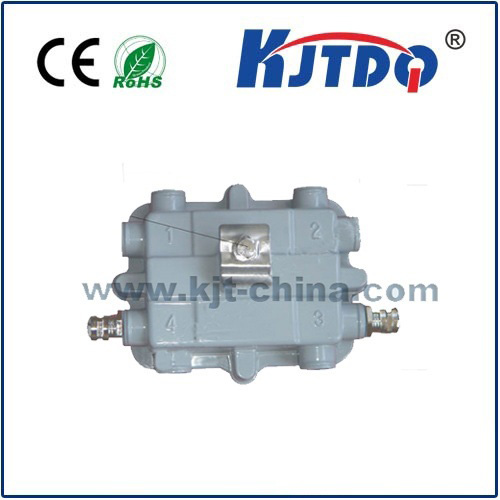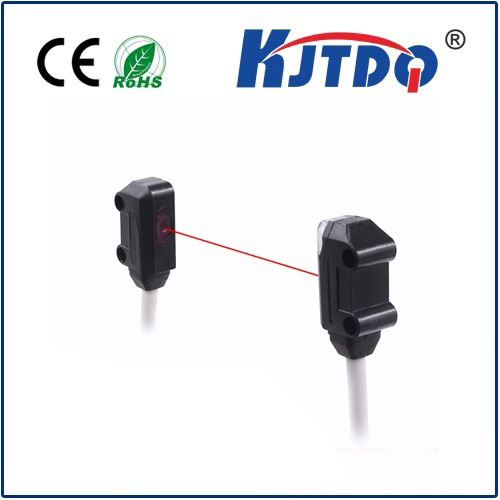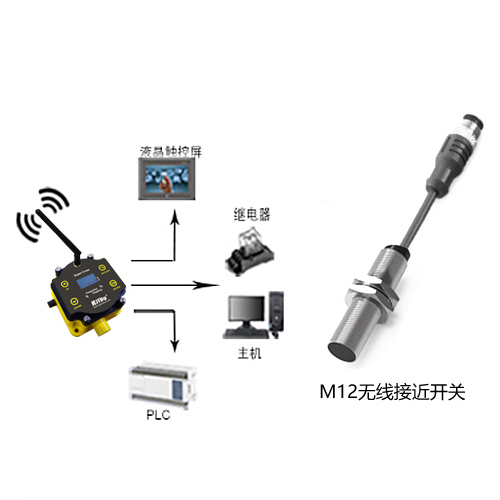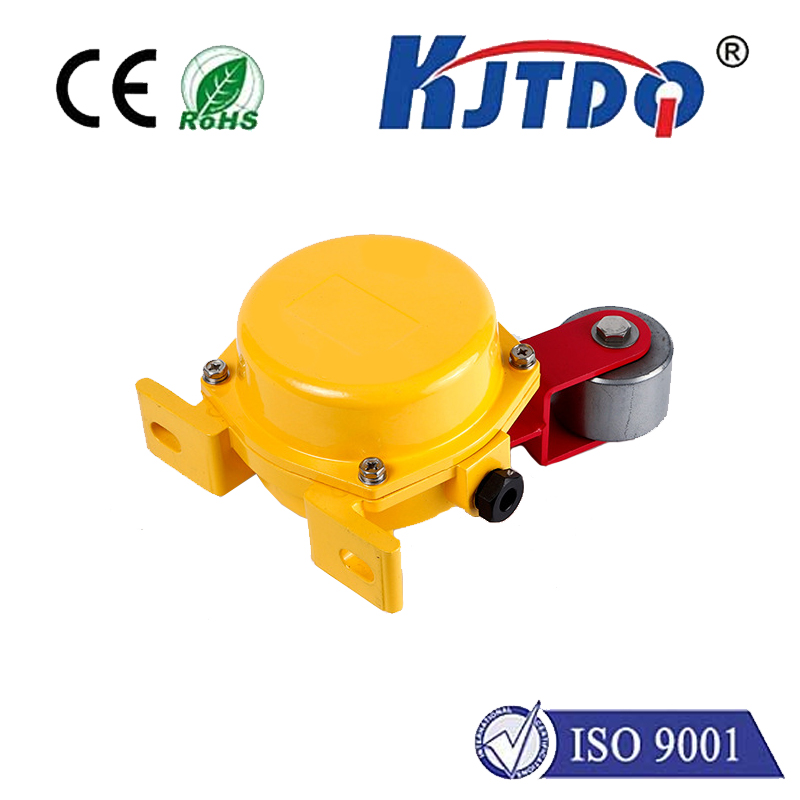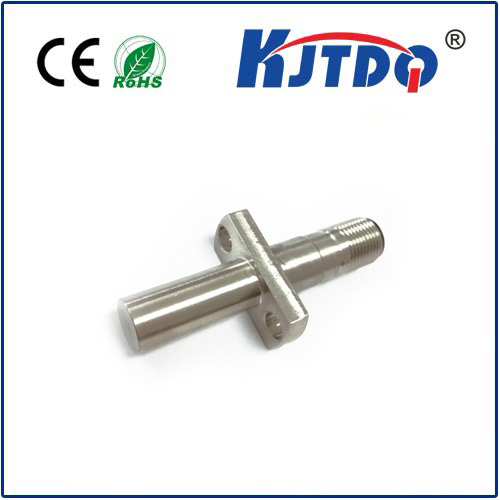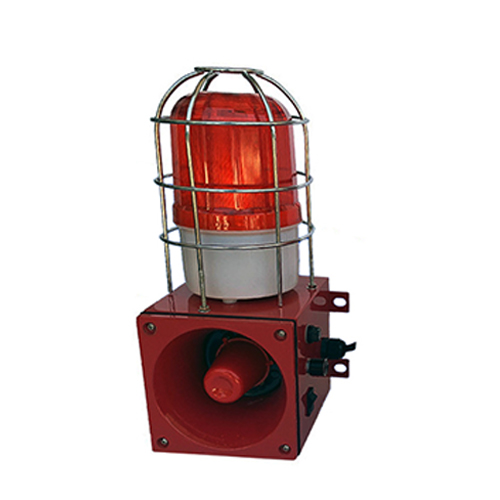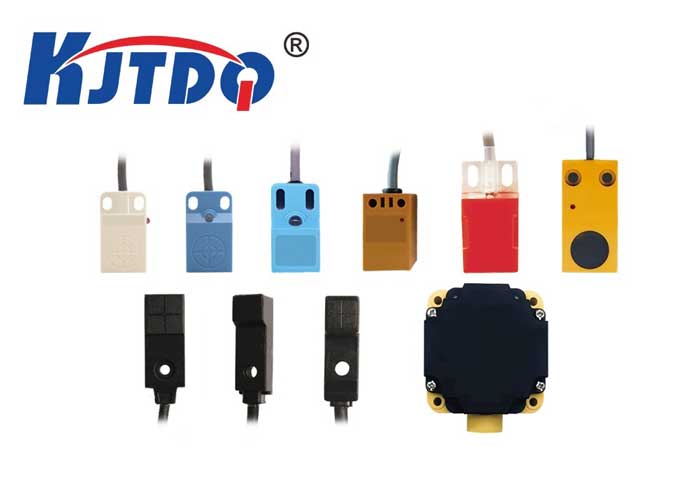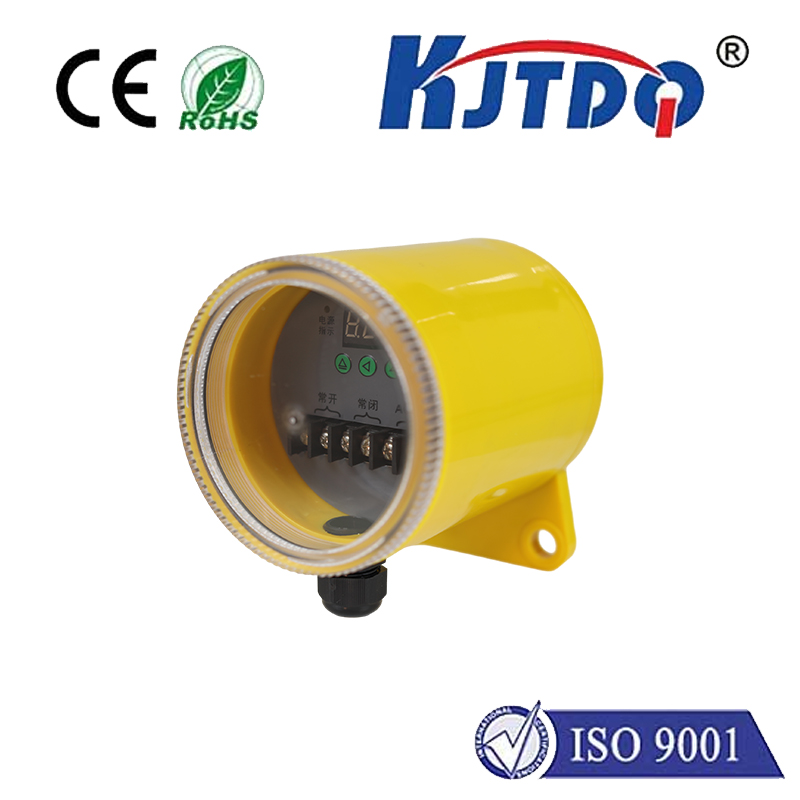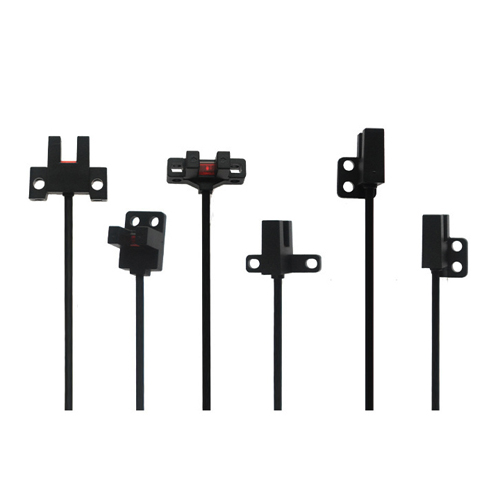

check

check

check

check

check

check

check

check

check

check
The Importance of AHU Door Limit Switches in HVAC Systems
Heating, Ventilation, and Air Conditioning (HVAC) systems are essential components of modern buildings, providing comfort and indoor air quality for occupants. One vital component of these systems is the Air Handling Unit (AHU), which regulates the flow of air to different parts of a building. The AHU door limit switch plays a critical role in ensuring that the AHU operates efficiently and safely.

The AHU door limit switch is an electronic device that detects the position of the AHU doors. It sends signals to the control system to indicate whether the doors are open or closed. This information is crucial for several reasons. Firstly, it helps maintain proper airflow throughout the building by preventing unauthorized access to the AHU cabinet. Secondly, it ensures that the AHU operates at peak efficiency by preventing unnecessary energy loss through open doors. Finally, it provides a safety feature by shutting down the AHU if the doors are left open, preventing potential damage to equipment or injury to personnel.
In addition to its practical functions, the AHU door limit switch also has aesthetic benefits. When installed correctly, it can blend seamlessly into the AHU cabinet's design, enhancing its overall appearance. Furthermore, since it does not require any additional power sources or wiring, it is easy to install and maintain, making it an ideal solution for many HVAC applications.
However, like all electrical devices, AHU door limit switches are not immune to problems. Common issues include faulty wiring, misaligned sensors, or broken switches. These problems can lead to reduced system performance and increased energy consumption, resulting in higher operating costs. Therefore, regular maintenance and inspection of the AHU door limit switch are essential to ensure optimal performance and longevity.
In conclusion, the AHU door limit switch is a critical component of HVAC systems, providing both practical and aesthetic benefits. Its importance cannot be overstated as it ensures efficient operation, energy conservation, and safety. Regular maintenance is necessary to prevent issues and ensure continued reliability. As such, building managers should prioritize the installation and upkeep of this essential component in their HVAC systems.
